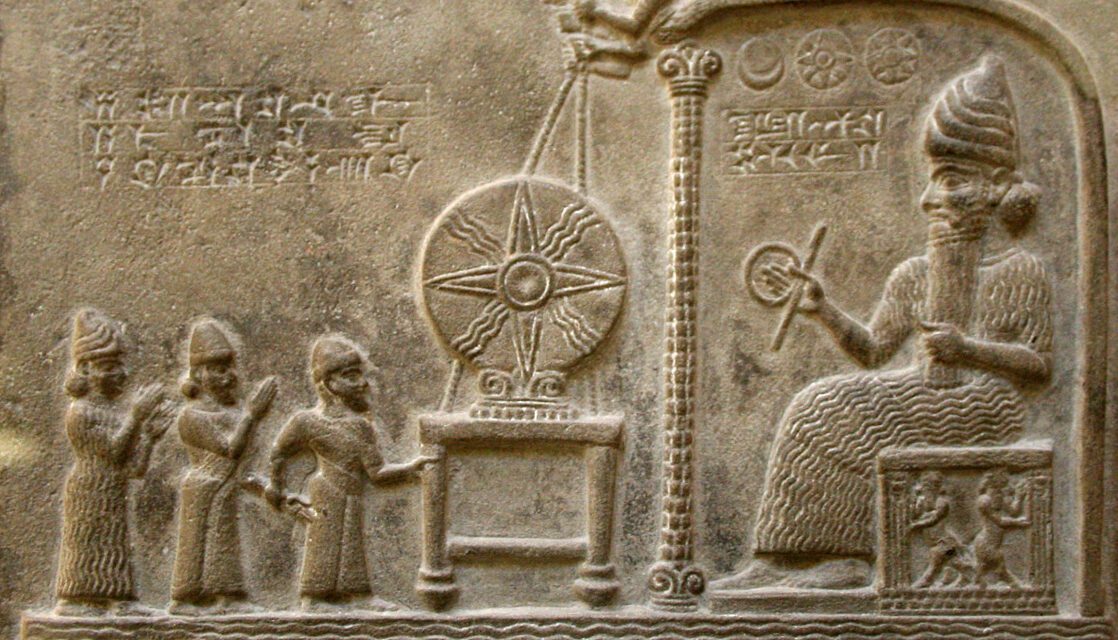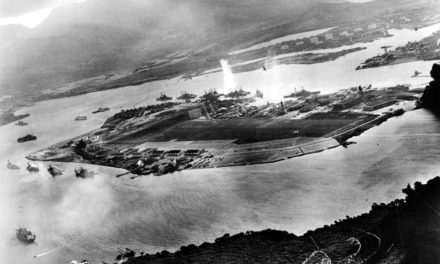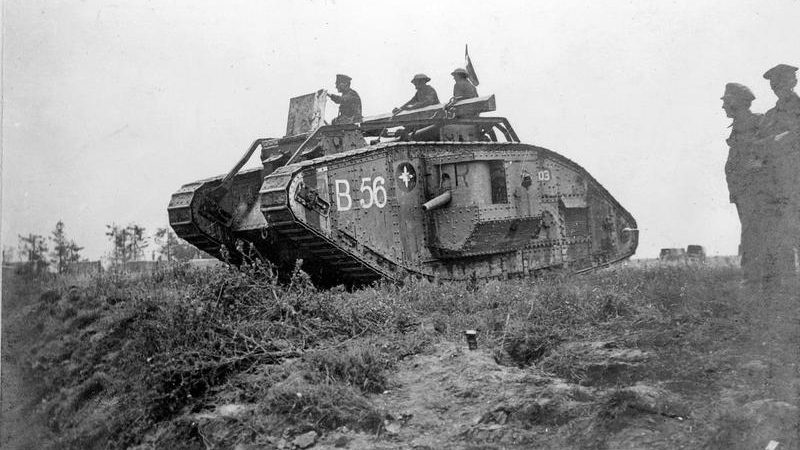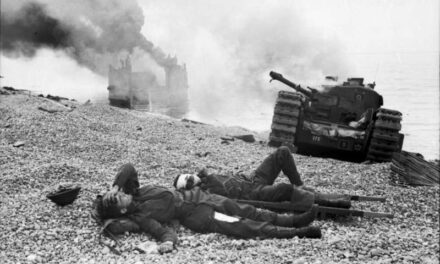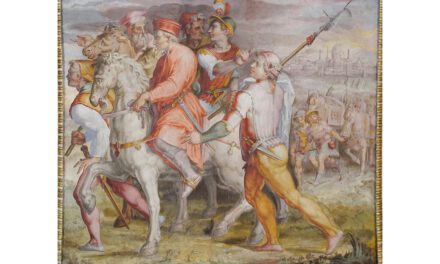History Guild General History Quiz 136
See how your history knowledge stacks up!
Want to know more about any of the questions? Once you’ve finished the quiz click here to learn more.
Have an idea for a question? Suggest it here and we’ll include it in a future quiz!
The stories behind the questions
1. What did the first urban civilisations all have in common?
They were all situated along rivers – The first urban civilisations were the Sumerians, located along the Tigris and Euphrates, the Indus Valley Civilization along the Indus, Ancient Egypt along the Nile and Ancient China along the Yellow and Yangtze. Rivers and their floodplains provided fertile soil and fresh water to irrigate crops. This agriculture allowed for denser populations and food surpluses, which could then feed trade specialists, a ruling elite and soldiers.
2. In which year were the first modern Olympic Games held?
1896 – Held in Athens, 241 athletes from 14 countries competed in 43 events. Many athletes competed in diverse sports, such as German Carl Schuhmann who won four events across the surprising combination of wrestling and gymnastics. The Ancient Olympics were held from 776 BCE to 393 CE, with a 1503 year hiatus before the modern Olympic Games began.
3. Who introduced the policies of Perestroika and Glasnost?
Mikhail Gorbachev – Perestroika (reform) and Glasnost (openness) was the core of a political movement for reform within the Communist Party of the Soviet Union (CPSU) during the late 1980s. Mikhail Gorbachev was the primary driver of this policy.
4. What weapon are these soldiers using?

PPSh-41 – Around six million PPSh-41s were manufactured during WW2, making it the most-produced submachine gun of the war. It had a very high rate of fire and a 71 round drum magazine, allowing for very significant short range firepower. The Soviets would often equip platoons and sometimes entire companies with the weapon, which was very effective in urban combat. It was replaced in the postwar period by the AK-47.
5. The sinking of which ship was the deadliest maritime disaster ever?
MV Wilhelm Gustloff – a German military transport ship, it was sunk on 30 January 1945 by Soviet submarine S-13 in the Baltic Sea while evacuating German military personnel and civilians from the Baltic coast as the Red Army advanced. It was designed to carry 1,465 passengers, but was carrying over 10,500 when it was sunk. Around 9,400 passengers and crew died in the sinking.
6. Singapore was previously part of which British colony?
Straits Settlements – A group of British territories originally controlled by the British East India Company, the Straits Settlements came under direct British control as a Crown colony in 1867. It consisted of Penang, Singapore, Labuan, Malacca, Dinding, Christmas Island and the Cocos Islands. In 1946 most of the Straits Settlements became part of the Malayan Union, with Christmas Island and the Cocos Islands transferred to Australian control.
7. In the 19th century what was commonly used to stiffen corsets?
Whale baleen – Steel and baleen were the dominant materials for making boning for corsets.
8. Which religion did Joseph Smith found?
Mormonism – a religious tradition and theology of the Latter Day Saint movement of Restorationist Christianity started by Joseph Smith in Western New York in the 1820s and 1830s.
9. When was the first MP of Indian heritage elected in the UK?
1841 – David Sombre was an Anglo-Indian elected to represent the Sudbury constituency in July 1841. He had never previously visited Sudbury, nor made any speeches or met any voters from the constituency. It was reported that he employed agents who paid voters to vote for him. This was a very common practice among MP’s in this period. He, along with 73 other MP’s who were also elected through bribery, were prosecuted and he was removed from office in April 1842.
10. When was IBM founded?
1911 – Founded in Endicott, New York, as the Computing-Tabulating-Recording Company, it was renamed International Business Machines in 1924. IBM’s inventions include the ATM, floppy disk, hard disk drive, magnetic stripe card, relational databases, the SQL programming language and UPC barcodes.
From the early 1930s IBM’s Hollerith punch card and alphabetical accounting equipment was used by the Nazi’s to categorize citizens of Germany and other German occupied nations. This data was then used to round-up Jews and other targeted groups, and to facilitate the bureaucracy of the Holocaust.

